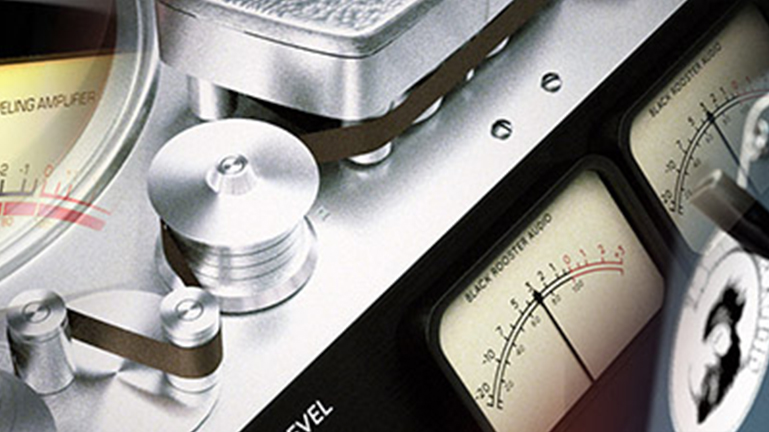Plug-in (AAX/VST/AU)
KH-EQ1 & proportional Q explained
I always wanted to develop a multitool equalizer that not only sounded excellent but also had different flavors for its various bands, but also the capability to tone shape these bands individually as well. Together with Black Rooster Audio we developed the KH-EQ1 to fill this void in my arsenal.
Understanding Proportional Q
Q stands for quality factor and can be thought of as the rate at which a boost or attenuation transitions from unity gain to maximum (positive or negative) gain. Q is normally measured as maximum gain minus 3db. There are two main equalization Q systems: constant Q and proportional Q. The KH-EQ1 is a proportional Q equalizer.
In constant Q symmetrical equalizers the Q remains the same at any boost or attenuation settings. This makes even the smallest boosts or attenuations easily audible because of its relatively high constant Q. The downside to constant Q symmetrical equalizers is the difficulty in addressing complex signals. Enter the constant Q asymmetrical equalizer.
The difference between the constant Q symmetrical and constant Q asymmetrical equalizer is that the frequency response for boost or attenuation is not symmetrical. Instead of the attenuation point to be determined by the 3dB point relative to unity gain, the Q is not relative to the minimum gain at the center frequency (think notch filtering). Making the constant Q asymmetrical equalizer a perfect candidate for surgical equalization.
The Musicality of Proportional Q
Proportional Q is the second equalizer system and the one implemented in the KH-EQ1. When the amount of boost or attenuation is increased, so is the Q. This makes the proportional Q equalizer a great “focus” equalizer for attenuation and a great “musical” equalizer for boosts. Correcting sources such as vocals and instruments are more subtle and musical sounding. Additionally, this also makes the KH-EQ1 a great equalizer for non-destructive equalization as any destructive equalization moves printed can be easily undone by the exact frequency’s opposite boost or attenuation.
This is why proportional Q was chosen for the KH-EQ1 and makes the KH-EQ1 a great choice for any equalization task.
What Makes the KH-EQ1 Unique?
I love the KH-EQ1 and think it's one of the best new EQ’s on the market. What makes me stand behind that claim? Here are some of unique features:
Mix knob
Unlike most EQs, the KH-EQ1 features a mix knob to find the perfect balance between signal and EQ. This can give you the ability to push the EQ hard, to over-use the saturation, and then dial it back with the mix knob. So fun.
Mid <> Stereo <> Side Router
For the technical guys, Mid <> Stereo <> Side router allows you to steplessly move the EQ processing from the stereo domain to mid/side only. This is a mastering-inspired feature that comes in useful for bus or group EQing. With 2 KH-EQ1 instances, dialed to full mid and full side, you will get a full M/S EQ cascade.
Odd Plus Even Harmonic distortion
We can’t talk too much about it because we have a whole section about it here, but the saturation knobs are amazing for adding color and saturation to specific bands of your signal.
Tips for Using the KH-EQ1
The KH-EQ1 is great on almost every signal, and specifically it was effective on vocals, snare, and kick. Sometimes, the saturation knob is very subtle and you can’t totally hear the effects, but if used in the right way it can add grit and even a crunch to the high end of your signal. It’s really awesome.
For vocals, I recommend finding problem areas and removing them with the low-middle band and using the higher bands to boost wanted frequencies. Test out the saturation knob and hear if it's working with you, or against you. Make sure to check it in the mix because it may fit more than you think.
Over time, you will probably find your own unique ways to use the KH-EQ1 as it fits in your workflow. This EQ is quite easy to use once you understand the user interface, and it can be handy for EQing in broad strokes or making more targeted moves.

Add a comment
You need to be logged in to add comments.